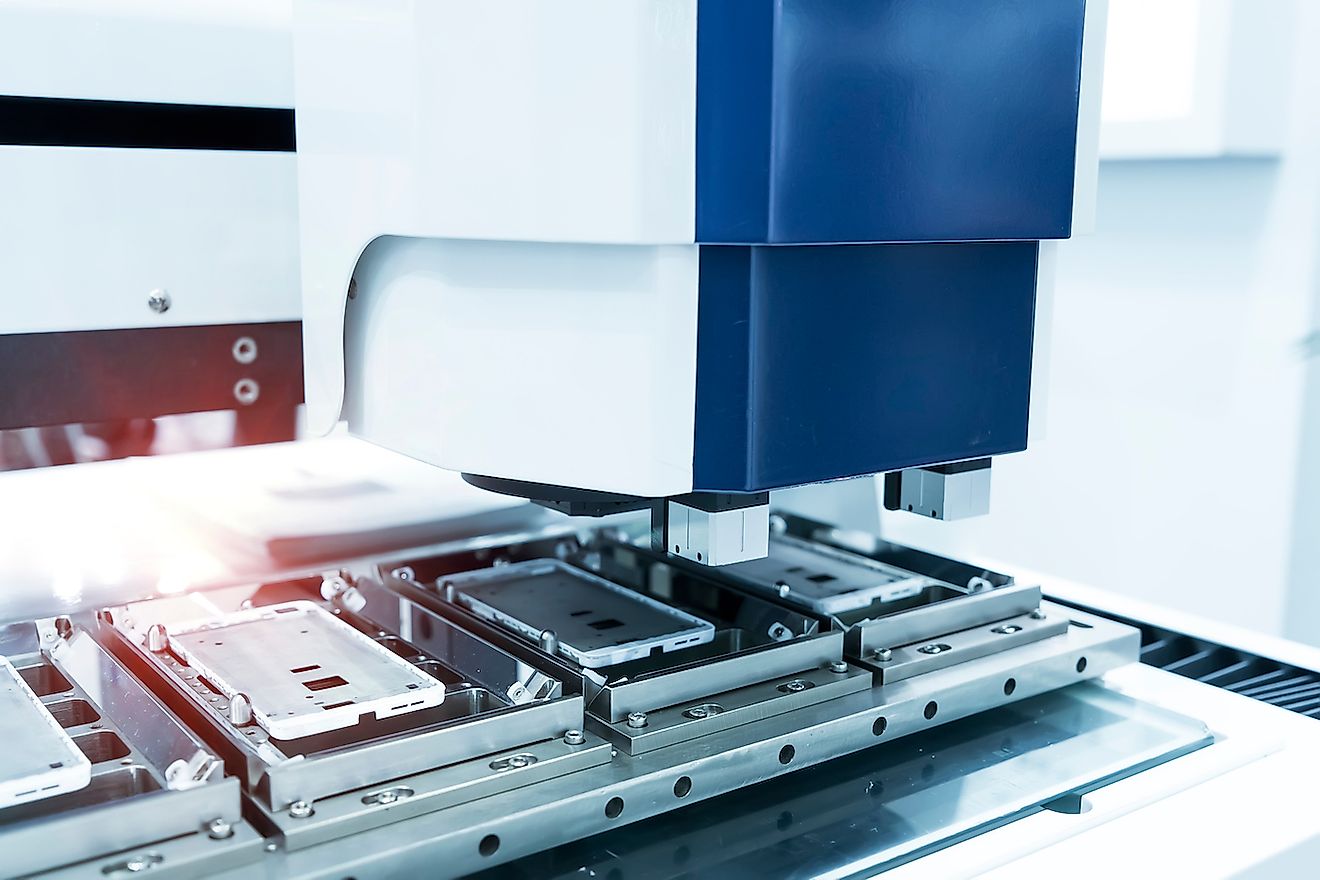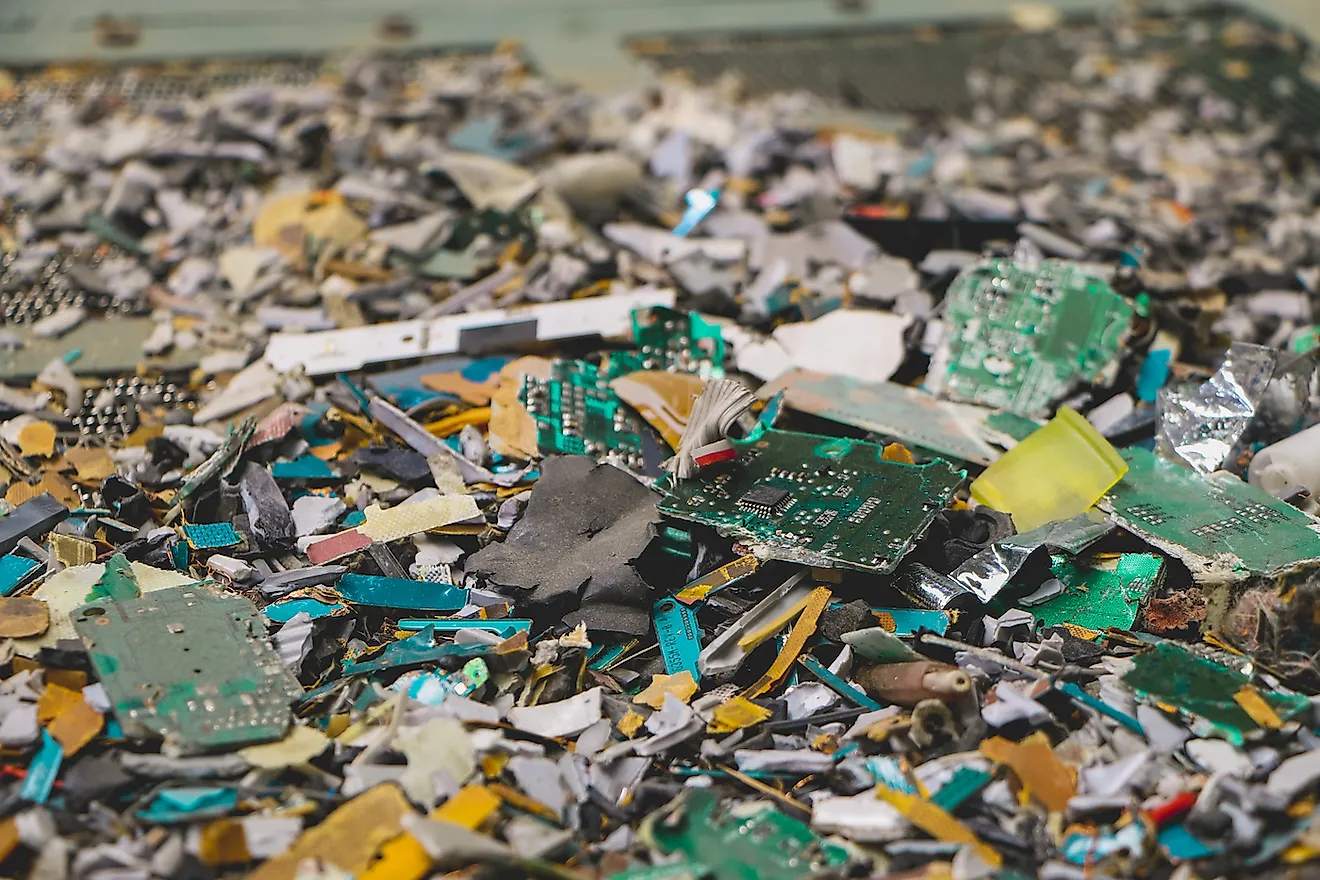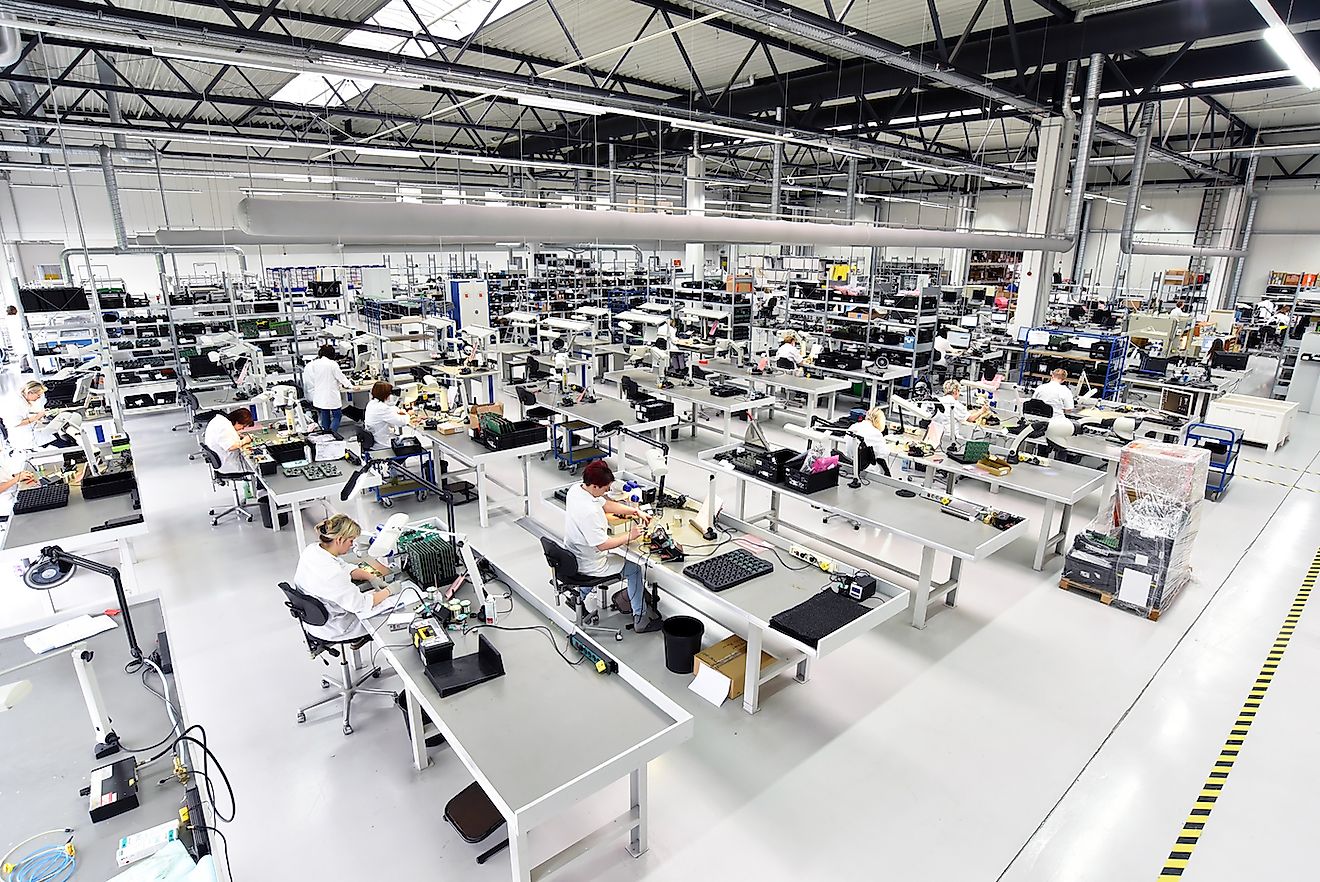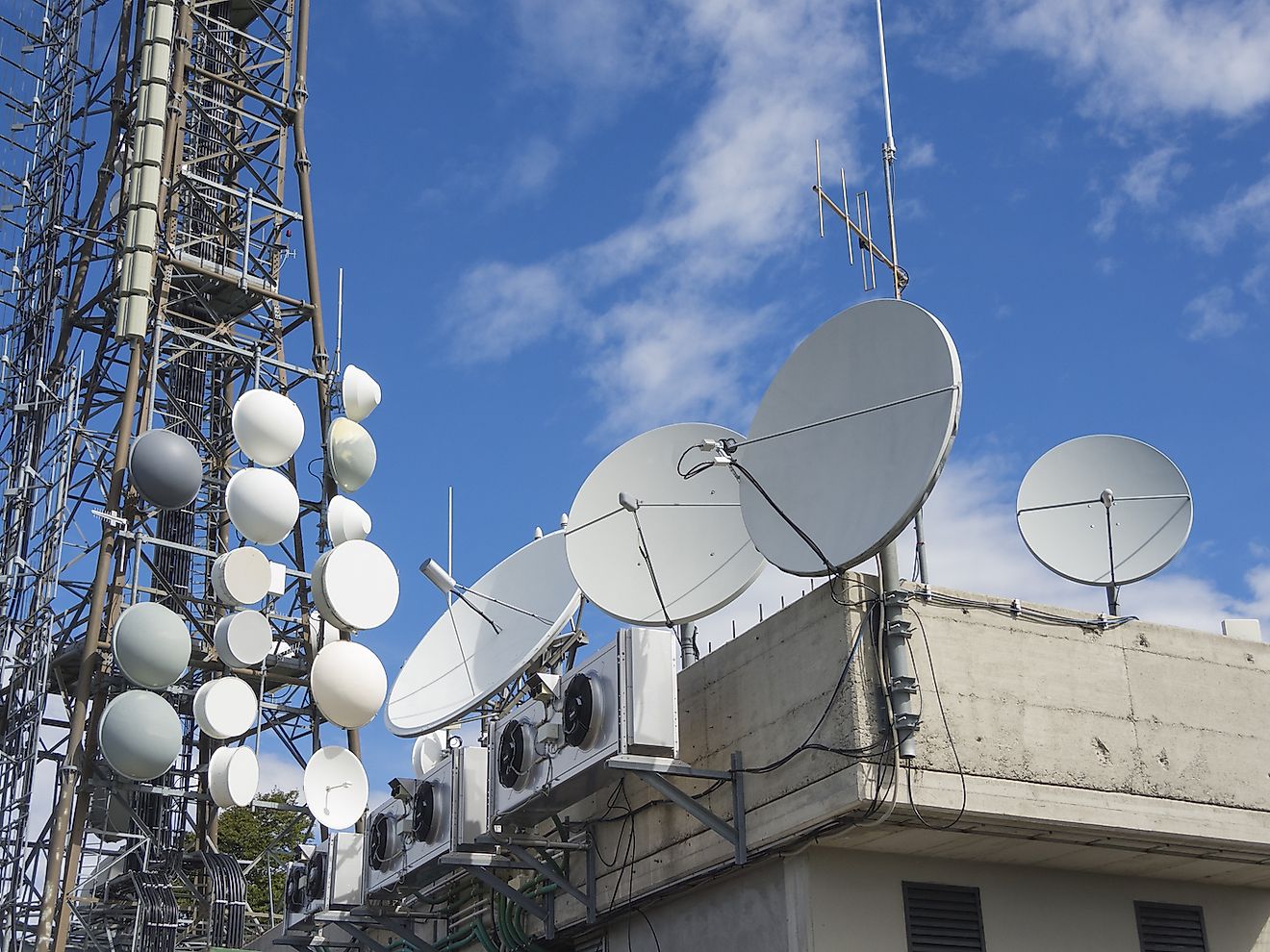8 Ways Our Gadget-buying Spree Is Destroying The Environment

- Planned obsolescence is the practice of creating consumer goods so that they rapidly become obsolete and need replacing
- Energy is required to create even the simplest of mobile devices
- Electromagnetic pollution is emitted from many electrical devices
Gadgets and technology are the playthings of many people in today's society. Rather than wishing for old fashioned toys, young kids now often ask for the latest tech devices and video game consoles. New and improved versions of these devices come out all the time, putting all of us on a constantly spinning hamster wheel chasing upgrades and novel technology. While there has been some study into the effects of this modern American obsession, there is still much to be learned about the true impacts of our increasing usage and attachment to these trendy gadgets.
Another area of increasing relevance in today's society is the environment. For years, rampant consumerism and little care for the planet has led to damaged ecologies and atmospheres. Global warming is a serious problem that is currently not being dealt with as effectively as it could be and more and more animal species are threatened every day.
These two areas intersect, as our society's increased reliance on gadgets has had knock-on effects on the environment and the world we live in. Whether intentional or not, this parasitic relationship sees us humans slowly destroying planet Earth in our pursuit of ever-greater technological highs. Here are eight ways that our gadget-buying spree is destroying the environment.
8. Pollution through Creation

One of the big issues with technology lies in the creation process. No matter what the device there will always be energy needed to produce it. This process when turned up to a massive scale can have a definite impact on the environment. It requires massive factories that can produce at scale, which in turn require energy to power them. There is a significant carbon effect tied to the creation of any individual device and as time goes on. Some companies that sell phones are producing larger products that come with an even higher associated environmental price tag.
7. Consuming Resources

Resources are consumed to create gadgets. Creating a single phone requires the mining of numerous precious metals. Mining these metals is a core part of many technologies that require it for their proper function. Outside of these metals, a variety of plastics, raw materials, and other chemicals are used by tech companies to make their devices. This consumption of resources takes from a limited supply and often requires substantial energy expenditure in order to produce and refine the raw materials into something usable. While this may provide a better economy and some jobs, it comes at the cost of the environment.
6. Waste

Another issue that impacts the environment is the sheer amount of waste that gadgets produce. First off, is the plastic and other materials used to contain them which are immediately disposed of and which have trouble degrading or decomposing later. Another big issue is the waste that comes from old technology. Discarding these outdated or worn-out devices has major problems of its own. They can contain pollutants and other dangerous chemicals within them making them hard to dispose of. Lastly, there can be mining waste created when extracting minerals for the production of devices. Enormous volumes of solid and liquid waste are created when extracting these metals from the earth and they have on several occasions spilled out to the surrounding environment.
5. Ecology Effects

In terms of effects on the planet's ecologies, there are several that result in the process of creating gadgets for our consumption. Factories and buildings for producing our consumer electronic goods take valuable space, often in areas where animals and natural habitats would otherwise be located. These space-hogging buildings and facilities are also tied to major effects on the environment besides just taking up space. For instance mining metals often creates large swathes of deforested areas to make room for their operations and the mining itself can dredge up toxic chemicals that further affect the ecology around them. Gadgets and ecology have an unfortunate relationship.
4. Planned Obsolescence

The next issue that comes up is one that ties back into earlier comments about waste but here it focuses more on one specific aspect of many gadgets and devices. This contributing element is the act of planned obsolescence which is when devices are created in a way that they will become quickly obsolete and so compel the user to buy or upgrade to a new gizmo. In a sense, they are given an artificially limited life. While this may be good for the companies who turn higher revenues as a result, it's bad for the environment as it produces a lot more waste that is hard to dispose of.
3. Energy Production

Part and parcel with gadgets and devices is their reliance on the internet and electricity. Even ignoring the energy impact of producing the devices, which have their own carbon footprint, the fact of the matter is that as we increasingly use our devices to a greater extent, more energy is used. This energy includes the basic electricity needed to power devices but also refers to internet use. As more gadgets are connected to the internet there is naturally an increasing load on telecommunications structures like satellite dishes, and more importantly data centers. Carbon emissions from cooling servers and running the internet currently accounts cor 1.5% of worldwide emissions but a study suggests that it could account for as much as 14 % by 2040.
2. Electromagnetic Pollution

Electromagnetic pollution is yet another aspect of our gadget use that is rarely considered. While exposure to electromagnetic waves has been around for a long time, it has in recent times steadily increased as cultural and technological shifts have led to a rise of more and more artificial sources of these electromagnetic fields. These waves are produced from devices and appliances of all kinds and they have been tied to effects like changing currents within the human body and while no adverse health effects have been found from low-level exposure, it's still an area of active research. The fact is, in our obsession with technology, that there are more of these waves and there is still insufficient research to determine their risk to the environment.
1. The Human impact
Another core part of the environment we live in is the humans that inhabit it. And there is unfortunately a definite impact in this area as a result of the prevailing popularity of new tech devices. Consider the thousands of Indonesians who work in mines, extracting tin for devices who are often injured in mining accidents ranging from mudslides to structural collapses. Human lives are lost in the creation of our gadgets and these issues are rarely reported on or discussed in the larger discourse. Much like blood diamonds, these smart devices that we crave have a bloody and tragic chain of creation tied to them.











